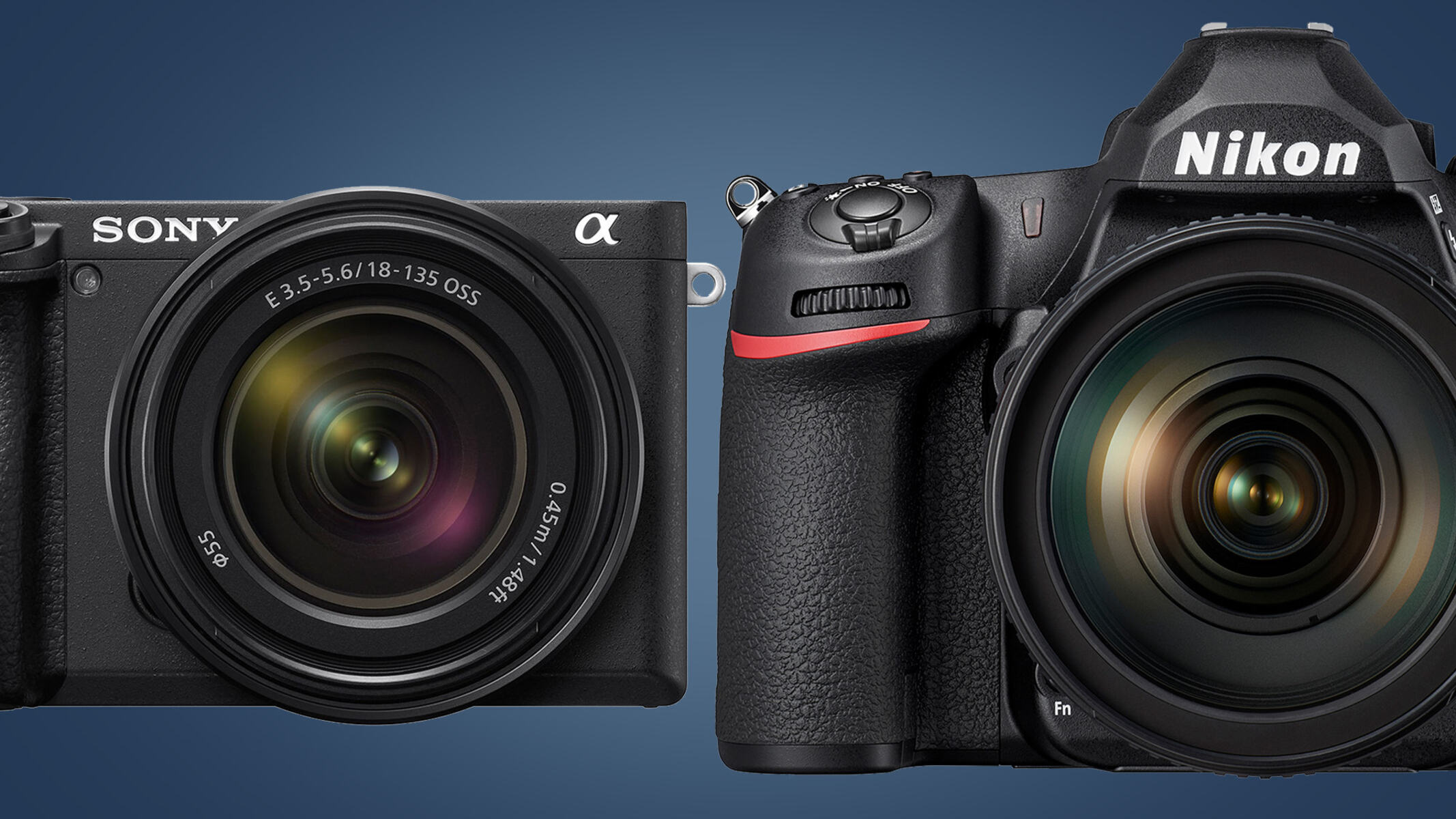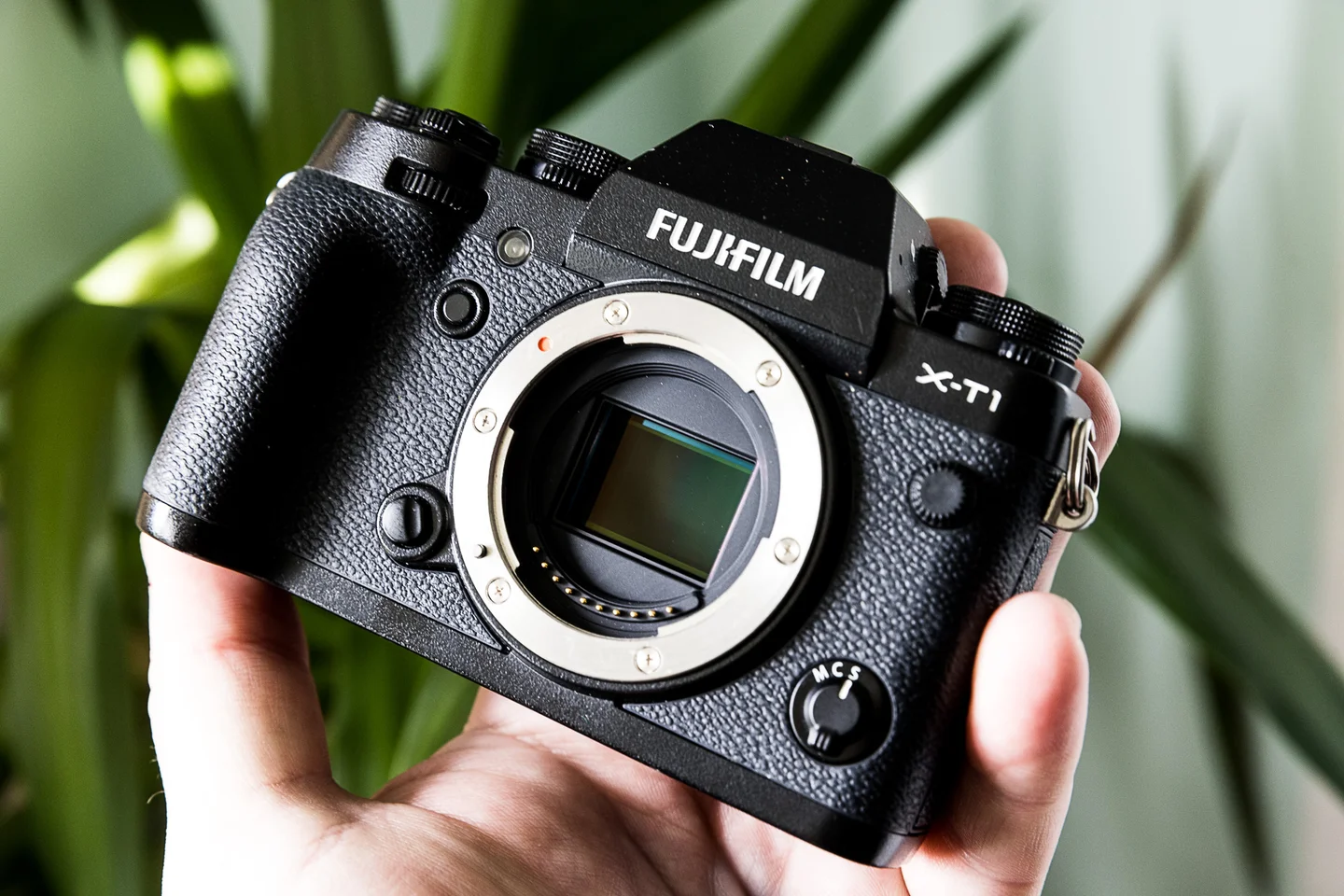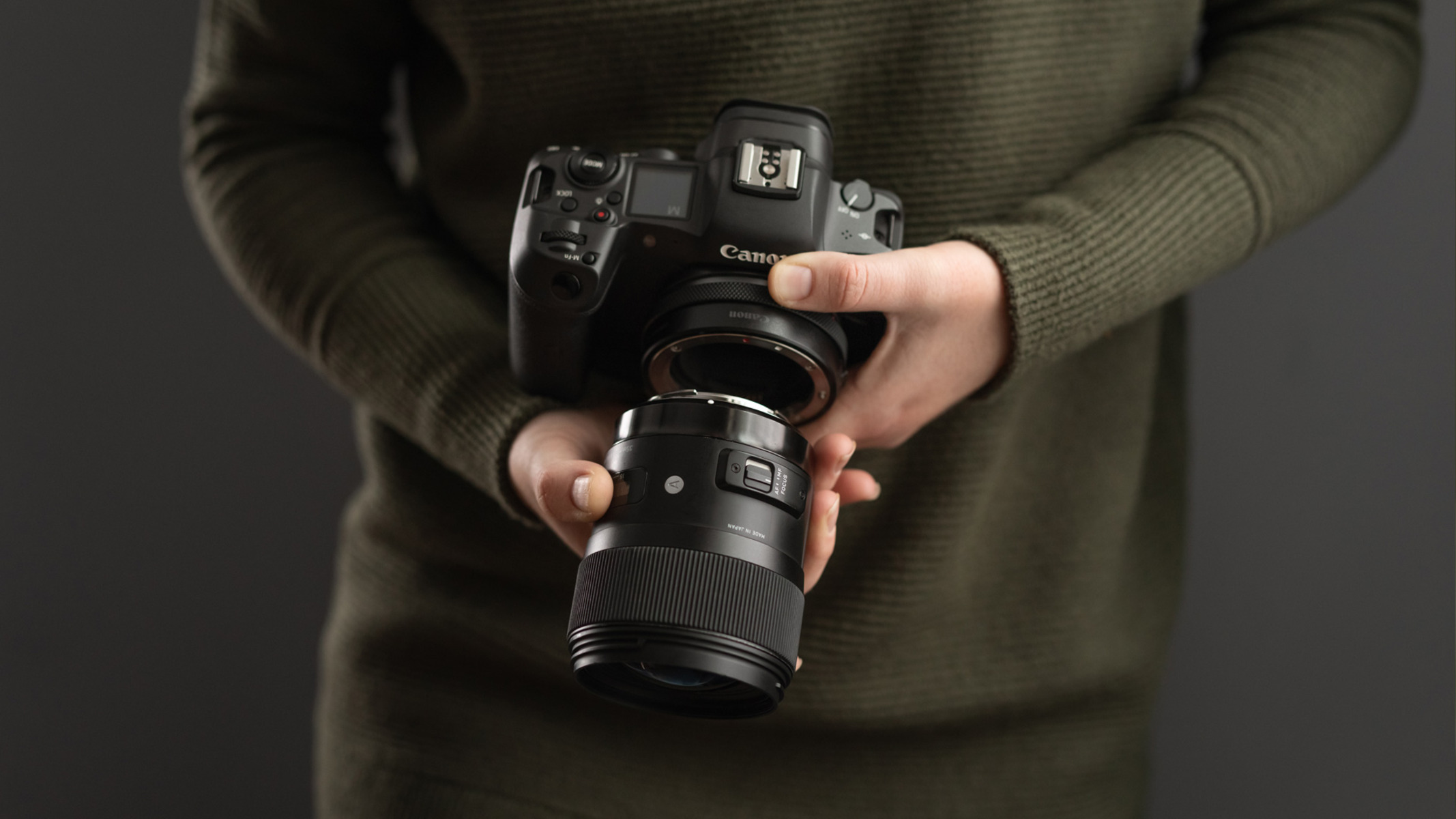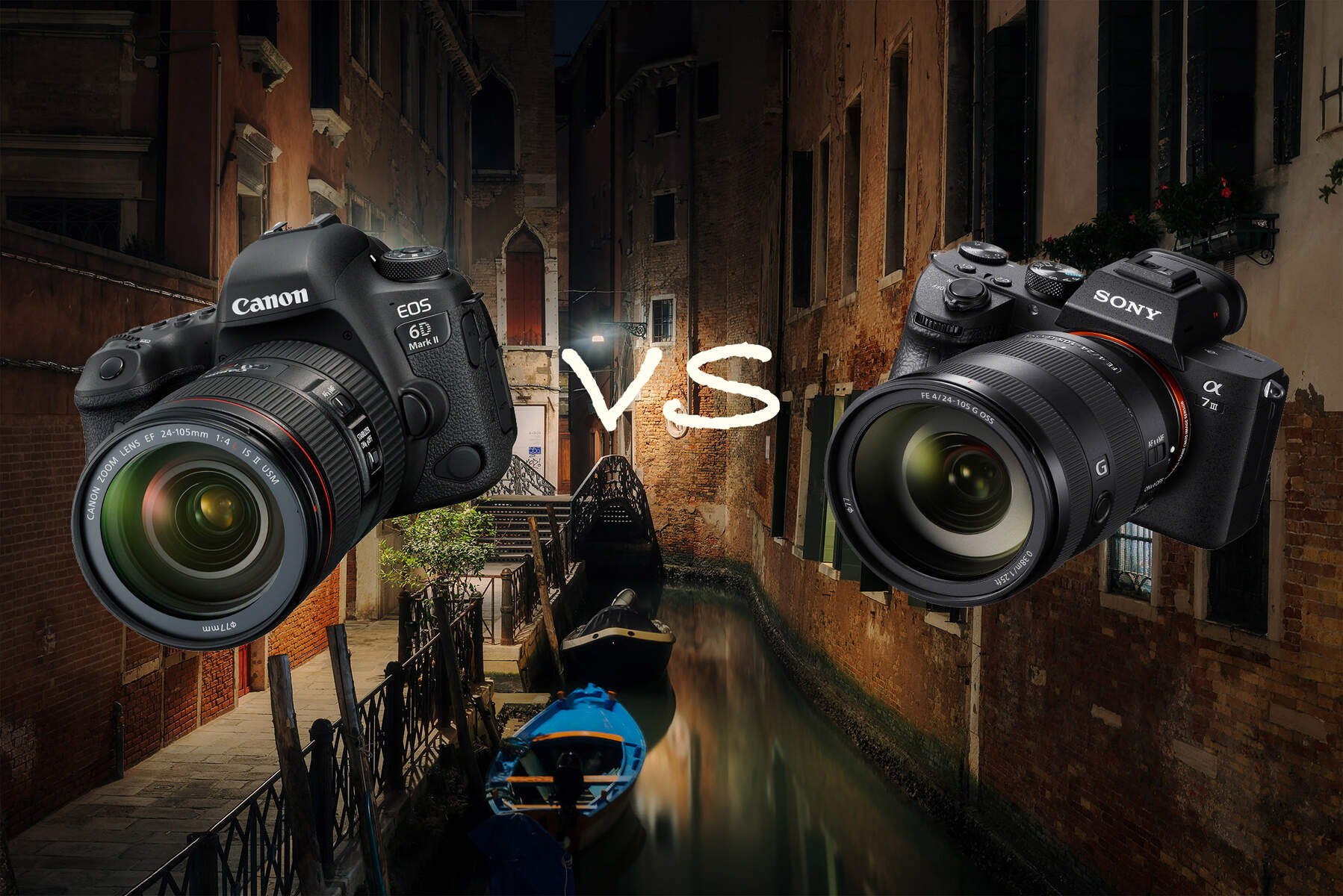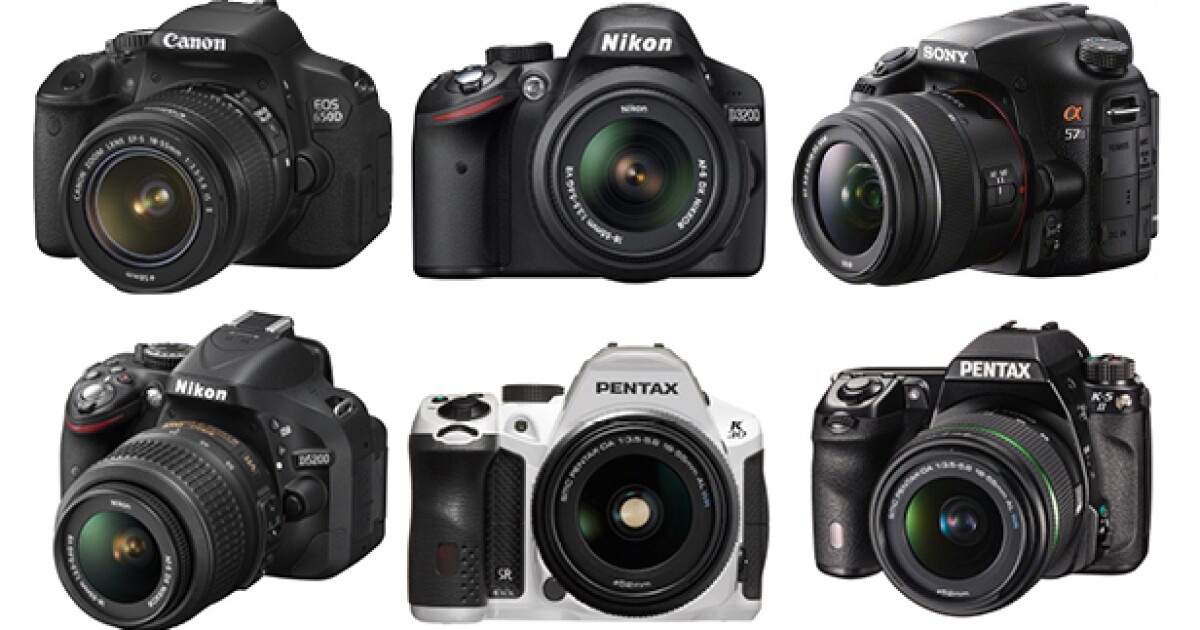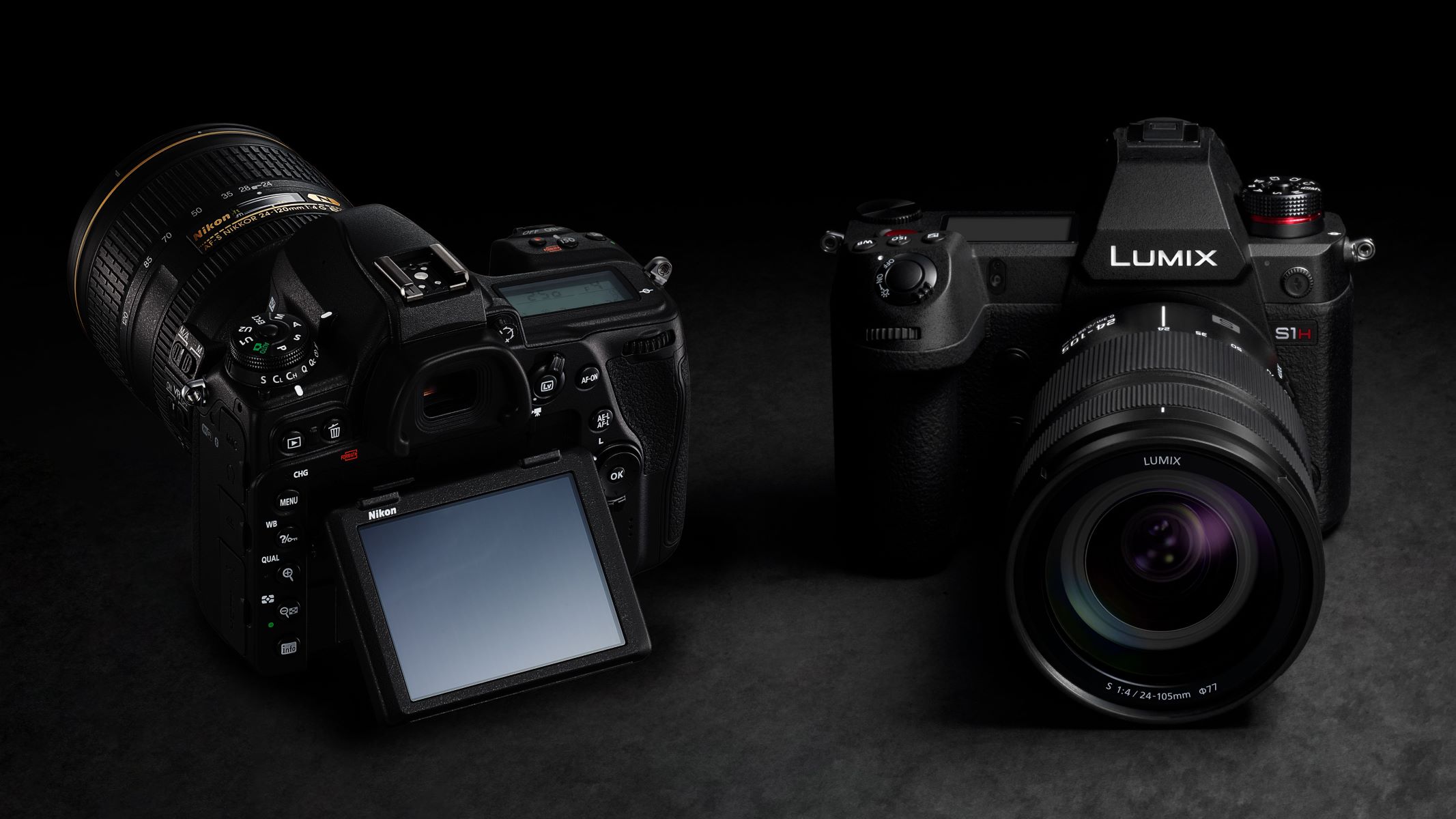Introduction
Introduction
When it comes to choosing a camera, the decision often boils down to a mirrorless camera or a DSLR (digital single-lens reflex) camera. Both options have their own set of features and advantages, catering to the diverse needs of photographers. Understanding the differences between these two types of cameras is crucial for making an informed decision. From size and weight to autofocus capabilities, image quality, and cost, each factor plays a pivotal role in determining which camera best suits your requirements.
Photography enthusiasts and professionals alike are constantly seeking the ideal tool to capture stunning images and videos. The ongoing debate between mirrorless cameras and DSLRs underscores the significance of choosing the right equipment. By exploring the distinctions between these two camera types, individuals can gain valuable insights into their functionalities, thereby facilitating a well-informed decision-making process.
The following sections will delve into the specific attributes of mirrorless cameras and DSLRs, shedding light on their unique characteristics. From the physical differences in size and weight to the technical disparities in viewfinders, autofocus systems, and image quality, each aspect will be thoroughly examined. Furthermore, factors such as video capabilities, lens options, battery life, and cost will be scrutinized to provide a comprehensive understanding of the divergence between these two camera types.
As the digital photography landscape continues to evolve, the choice between a mirrorless camera and a DSLR holds significant implications for photographers. Whether you are an avid traveler, a professional portrait photographer, or a videography enthusiast, the decision between these two camera types can significantly impact your creative pursuits. By dissecting the variances between mirrorless cameras and DSLRs, individuals can gain clarity and confidence in selecting the most suitable camera for their specific needs.
Size and Weight
One of the most noticeable disparities between mirrorless cameras and DSLRs lies in their size and weight. Mirrorless cameras, characterized by their compact and lightweight design, have gained popularity for their portability and convenience. Unlike DSLRs, which typically feature a bulky body due to the internal mirror and optical viewfinder mechanism, mirrorless cameras boast a more streamlined and lightweight construction. This distinction makes mirrorless cameras an attractive option for photographers who prioritize mobility and ease of handling.
Furthermore, the absence of a mirror box in mirrorless cameras contributes to their reduced bulk, allowing photographers to carry them comfortably for extended periods. This advantage is particularly appealing to travel photographers and outdoor enthusiasts who seek to minimize the weight of their gear without compromising on image quality.
Conversely, DSLRs, while renowned for their robust build and ergonomic grip, tend to be bulkier and heavier than their mirrorless counterparts. The presence of a mirror and pentaprism mechanism necessitates a larger camera body, resulting in a considerable weight difference when compared to mirrorless cameras. While the heft of a DSLR may provide a substantial feel and stability during shooting, it can be a limiting factor for photographers who prioritize portability and effortless maneuverability.
Ultimately, the size and weight disparity between mirrorless cameras and DSLRs underscores the trade-off between portability and traditional ergonomics. While mirrorless cameras excel in offering a lightweight and compact form factor, DSLRs prioritize a substantial build and comfortable grip. Understanding the impact of size and weight on the overall shooting experience is essential for photographers seeking a camera that aligns with their specific preferences and shooting scenarios.
Viewfinder
When it comes to composing shots and framing subjects, the viewfinder is a critical component of any camera. In the realm of mirrorless cameras and DSLRs, the design and functionality of the viewfinder serve as a distinguishing factor between the two types of cameras.
Mirrorless cameras are renowned for their electronic viewfinders (EVFs) or, in some cases, the absence of a built-in viewfinder, depending on the model. EVFs utilize electronic displays to provide a real-time preview of the scene, offering valuable features such as exposure simulation, focus peaking, and digital overlays for settings and histograms. This technological innovation enables photographers to visualize the final image before pressing the shutter, empowering them to make informed decisions about exposure, composition, and focus accuracy.
On the other hand, DSLRs are equipped with optical viewfinders (OVFs) that employ a system of mirrors and prisms to deliver a direct optical preview of the scene through the lens. This traditional approach has long been favored by photographers for its natural and unadulterated view of the subject, devoid of electronic enhancements or digital overlays. The optical clarity and immediacy of an OVF provide a compelling experience for photographers who prioritize a direct, unembellished view of the scene.
While EVFs offer the advantage of displaying real-time exposure and depth-of-field previews, some photographers may find the electronic nature of these viewfinders to be a departure from the traditional optical viewing experience. Conversely, the optical purity of DSLR viewfinders appeals to those who value a direct, unmediated view of the scene without digital augmentations.
As photographers weigh the significance of viewfinders in their shooting preferences, the choice between electronic and optical viewing systems becomes a pivotal consideration. Understanding the distinct characteristics and functionalities of EVFs and OVFs is essential for selecting a camera that aligns with one’s visual and compositional requirements.
Autofocus
Autofocus performance is a crucial aspect of any camera, significantly impacting the speed, accuracy, and versatility of capturing subjects in various scenarios. When comparing mirrorless cameras and DSLRs, the autofocus systems employed by these cameras reveal distinctive approaches to achieving precise and rapid focus.
Mirrorless cameras are celebrated for their advanced autofocus capabilities, often leveraging contrast-detection or phase-detection autofocus systems integrated directly into the camera’s sensor. This technology enables mirrorless cameras to achieve swift and accurate focus across a wide array of shooting conditions, including low-light environments and fast-moving subjects. Furthermore, the absence of a mirror mechanism allows for uninterrupted autofocus operation during both still photography and video recording, making mirrorless cameras an appealing choice for content creators and videographers.
Conversely, DSLRs traditionally utilize phase-detection autofocus systems that rely on a dedicated autofocus sensor, separate from the main image sensor. This approach has long been favored for its exceptional speed and accuracy, particularly when tracking moving subjects and capturing dynamic scenes. The optical viewfinder of a DSLR provides a direct, real-time view of the subject, complementing the swift performance of the phase-detection autofocus system, making it an ideal choice for sports, wildlife, and action photography.
While both mirrorless cameras and DSLRs excel in delivering reliable autofocus performance, the underlying technology and operational nuances set them apart. Mirrorless cameras leverage on-sensor autofocus systems to achieve versatility and seamless integration with video recording, while DSLRs harness dedicated phase-detection sensors for rapid and precise focus, complemented by the immediacy of the optical viewfinder.
Understanding the distinct autofocus methodologies of mirrorless cameras and DSLRs is pivotal for photographers seeking a camera that aligns with their specific shooting requirements. Whether it is capturing fast-paced action or achieving precise focus in challenging lighting conditions, the autofocus capabilities of a camera play a pivotal role in realizing the creative vision of photographers.
Image Quality
Image quality is a paramount consideration for photographers, encompassing factors such as resolution, dynamic range, color accuracy, and low-light performance. When comparing mirrorless cameras and DSLRs, the image quality delivered by these cameras is influenced by their respective sensor technology, image processing engines, and lens compatibility.
Mirrorless cameras are renowned for their utilization of advanced sensor technology, often featuring high-resolution sensors with impressive dynamic range and low-light performance. The absence of a mirror mechanism allows for a shorter flange distance, enabling lens designs that can optimize optical performance and image quality. Additionally, the electronic viewfinders of mirrorless cameras facilitate real-time exposure and white balance previews, empowering photographers to make informed decisions about image capture and refinement.
On the other hand, DSLRs are equipped with a legacy of proven sensor technology and robust image processing engines, delivering exceptional image quality characterized by natural color rendition, fine detail retention, and reliable performance in diverse shooting conditions. The optical viewfinders of DSLRs provide a direct, unmediated view of the scene, allowing photographers to perceive the subject with optical clarity and precision.
While both mirrorless cameras and DSLRs excel in delivering high-quality images, the technological nuances and design considerations contribute to distinct visual characteristics. Mirrorless cameras leverage advanced sensor technology and electronic viewfinders to offer enhanced versatility and real-time image previews, while DSLRs harness established sensor designs and optical viewfinders to deliver a traditional yet compelling visual experience.
For photographers seeking a camera that aligns with their specific image quality requirements, understanding the inherent visual attributes of mirrorless cameras and DSLRs is crucial. Whether it is capturing intricate details in landscape photography or preserving accurate colors in portrait sessions, the image quality delivered by a camera serves as the foundation for realizing the creative vision of photographers.
Video Capabilities
Video recording has become an integral aspect of modern digital cameras, catering to the evolving needs of content creators, videographers, and multimedia enthusiasts. When evaluating the video capabilities of mirrorless cameras and DSLRs, distinct features and technological considerations come to the forefront, influencing the suitability of these cameras for diverse videography applications.
Mirrorless cameras are renowned for their prowess in video recording, often incorporating advanced features such as 4K resolution, high frame rate options, and in-body image stabilization (IBIS) to deliver smooth and cinematic footage. The absence of a mirror mechanism allows for uninterrupted access to the image sensor, facilitating seamless integration of advanced video functionalities. Additionally, the electronic viewfinders of mirrorless cameras enable real-time exposure and focus monitoring during video capture, enhancing the precision and control over the recording process.
Conversely, DSLRs, while historically renowned for their prowess in still photography, have evolved to offer competitive video capabilities, including Full HD and 4K recording options. The optical viewfinders of DSLRs provide a direct, unmediated view of the scene, complementing the traditional yet compelling video recording experience. However, limitations such as potential autofocus noise during video capture and lack of in-body image stabilization may impact the overall versatility and smoothness of video footage.
While both mirrorless cameras and DSLRs are capable of delivering high-quality video content, the technological nuances and design considerations play a significant role in shaping their suitability for videography. Mirrorless cameras leverage their compact form factor, advanced sensor technology, and electronic viewfinders to offer versatile and feature-rich video recording, while DSLRs harness their legacy of optical viewfinders and streamlined video capabilities to cater to a diverse range of video production needs.
Understanding the distinct video capabilities of mirrorless cameras and DSLRs is essential for videographers and content creators seeking a camera that aligns with their specific video recording requirements. Whether it is capturing cinematic sequences, vlogging, or professional video production, the video capabilities of a camera serve as a pivotal factor in realizing the creative vision of videographers.
Lens Options
When it comes to lens options, both mirrorless cameras and DSLRs offer a diverse array of choices to cater to various photographic styles and shooting scenarios. The availability and compatibility of lenses play a pivotal role in shaping the creative possibilities and practical utility of these camera systems.
Mirrorless cameras have witnessed a surge in lens options, thanks to the development of dedicated lens lineups by camera manufacturers and third-party lens producers. The shorter flange distance of mirrorless camera systems allows for innovative lens designs, including compact prime lenses, versatile zoom lenses, and specialized optics catering to specific genres such as macro photography and astrophotography. Furthermore, the adaptability of mirrorless camera mounts has facilitated the use of legacy lenses from different camera systems, expanding the range of available optics for photographers.
On the other hand, DSLRs boast a rich heritage of compatible lenses, built over decades of lens development by renowned camera manufacturers. The extensive lineup of DSLR lenses encompasses a wide spectrum of focal lengths, apertures, and optical designs, catering to diverse photographic genres and professional requirements. The robust compatibility of DSLR lenses with various camera bodies and the availability of specialized optics contribute to the versatility and adaptability of DSLR systems.
While both mirrorless cameras and DSLRs offer an extensive selection of lenses, the technological and design disparities between these camera systems influence the range and adaptability of available optics. Mirrorless cameras leverage their compact form factor and adaptable lens mounts to offer a diverse and evolving array of lens options, while DSLRs harness their established lens lineups and compatibility with legacy optics to provide a comprehensive selection of lenses for photographers.
Understanding the lens options available for mirrorless cameras and DSLRs is essential for photographers seeking a camera system that aligns with their specific photographic requirements. Whether it is capturing expansive landscapes, intimate portraits, or dynamic sports and wildlife scenes, the availability of compatible lenses plays a pivotal role in realizing the creative vision of photographers.
Battery Life
Battery life is a critical consideration for photographers, influencing the duration and flexibility of shooting sessions. When comparing the battery performance of mirrorless cameras and DSLRs, distinct power management systems and operational efficiencies come into play, shaping the reliability and endurance of these camera systems.
Mirrorless cameras are known for their compact form factor and energy-efficient design, often employing advanced power management systems to maximize battery life. The absence of a mirror mechanism and the utilization of electronic viewfinders contribute to efficient power utilization, allowing photographers to capture a substantial number of images and videos on a single battery charge. Additionally, the availability of portable USB charging options and power-saving features enhances the practicality and endurance of mirrorless camera batteries, catering to extended shooting sessions and on-the-go photography.
Conversely, DSLRs traditionally feature robust battery systems that provide extended usage durations, making them well-suited for prolonged shooting sessions and scenarios where access to charging facilities may be limited. The optical viewfinders of DSLRs, while contributing to a direct and unmediated viewing experience, are not reliant on electronic displays, thereby conserving power and extending the operational longevity of the camera’s battery. Furthermore, the availability of battery grip accessories for DSLRs enhances their endurance and suitability for demanding photographic assignments.
While both mirrorless cameras and DSLRs offer reliable battery performance, the operational efficiencies and design considerations of these camera systems influence their endurance and practicality for diverse shooting scenarios. Mirrorless cameras prioritize energy-efficient design and portability, offering extended battery life for on-the-go photographers, while DSLRs leverage robust battery systems and power-conserving features to cater to extended shooting sessions and demanding photographic environments.
Understanding the battery life attributes of mirrorless cameras and DSLRs is crucial for photographers seeking a camera system that aligns with their specific shooting requirements. Whether it is capturing events, travel photography, or professional assignments, the endurance and reliability of a camera’s battery play a pivotal role in facilitating uninterrupted and seamless photography sessions.
Cost
Cost considerations are integral to the decision-making process when investing in a camera system. When comparing the cost implications of mirrorless cameras and DSLRs, various factors such as initial investment, ongoing expenses, and the value proposition of each system come into play, shaping the financial aspects of owning and operating these cameras.
Mirrorless cameras, particularly in the realm of entry-level and mid-range models, have become increasingly competitive in terms of pricing, offering an accessible entry point for photographers seeking advanced features and compact form factors. The affordability of mirrorless camera bodies, coupled with a diverse range of lens options and accessories, presents an enticing value proposition for individuals looking to embark on their photographic journey without a substantial initial investment.
Conversely, DSLRs, while witnessing a shift in market dynamics, continue to offer compelling value, particularly in the mid-range and professional segments. The availability of established lens lineups, robust camera bodies, and a wealth of accessories contributes to the enduring appeal of DSLRs, offering photographers a comprehensive and reliable system at various price points. Additionally, the compatibility with legacy lenses and accessories further enhances the cost-effectiveness and long-term value of owning a DSLR.
While both mirrorless cameras and DSLRs present diverse pricing options, the initial investment, ongoing expenses, and long-term value considerations shape the cost dynamics of these camera systems. Mirrorless cameras offer an accessible entry point and a compelling value proposition for photographers seeking advanced features and portability, while DSLRs provide a comprehensive and established system with enduring value and compatibility with legacy accessories.
Understanding the cost implications of mirrorless cameras and DSLRs is pivotal for photographers seeking a camera system that aligns with their budgetary considerations and long-term investment goals. Whether it is embarking on a new photographic pursuit or expanding one’s existing gear, the cost dynamics of a camera system play a pivotal role in shaping the financial aspects of photography as a creative pursuit.
Conclusion
As photographers navigate the diverse landscape of camera options, the choice between mirrorless cameras and DSLRs represents a significant decision with far-reaching implications for their creative pursuits. The exploration of size and weight, viewfinders, autofocus capabilities, image quality, video capabilities, lens options, battery life, and cost has illuminated the distinctive attributes and considerations associated with each camera type.
Mirrorless cameras have emerged as versatile and compact imaging tools, offering advanced features, portability, and an ever-expanding ecosystem of lenses and accessories. The absence of a mirror mechanism, coupled with electronic viewfinders and innovative sensor technology, has propelled mirrorless cameras to the forefront of imaging innovation, catering to diverse photographic genres and videography applications.
Conversely, DSLRs continue to uphold their legacy of robust build quality, enduring battery performance, and compatibility with established lens lineups, appealing to photographers who value traditional ergonomics and optical viewfinders. The enduring value of DSLRs, coupled with their proven track record in various photographic scenarios, underscores their relevance and appeal in the ever-evolving realm of digital photography.
Ultimately, the decision between a mirrorless camera and a DSLR hinges on individual preferences, shooting requirements, and long-term aspirations in photography. Whether it is the pursuit of compactness and technological innovation offered by mirrorless cameras or the established reliability and enduring value of DSLRs, photographers are presented with a diverse array of options to realize their creative vision.
As the photographic community continues to embrace technological advancements and evolving creative demands, the distinction between mirrorless cameras and DSLRs serves as a testament to the diverse and dynamic nature of the art of photography. Regardless of the chosen camera type, the unifying pursuit of capturing moments, telling stories, and expressing creativity remains at the heart of every photograph, transcending the nuances of camera technology and design.







